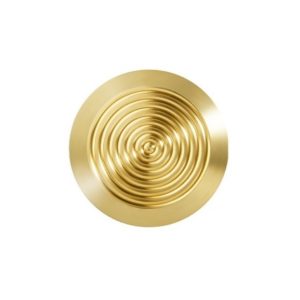Retrofit to limit disruption
Installing new tactile paving slabs often requires digging up existing pavement or tarmac. This can lead to road or pathway closures, diverting pedestrians and road users alike. Along with this goes health and safety equipment, barriers, traffic control, equipment and tool hire, and in some cases limited working hours.
Retrofitting studs and strips can prevent the need for the bulk of these add-ons. They can be installed in the same patterns as traditional blister and corduroy paving, with the same dimensions and stud heights, simply using a drill and some site preparation equipment e.g., dust removal tool and resin. The only preparation the surface will need is a bit of cleaning, as most pre-installed surfaces will be suitable for the installation of studs and strips.
The same effect can be easily achieved without needing to dig up the surface and close a road or pathway.





